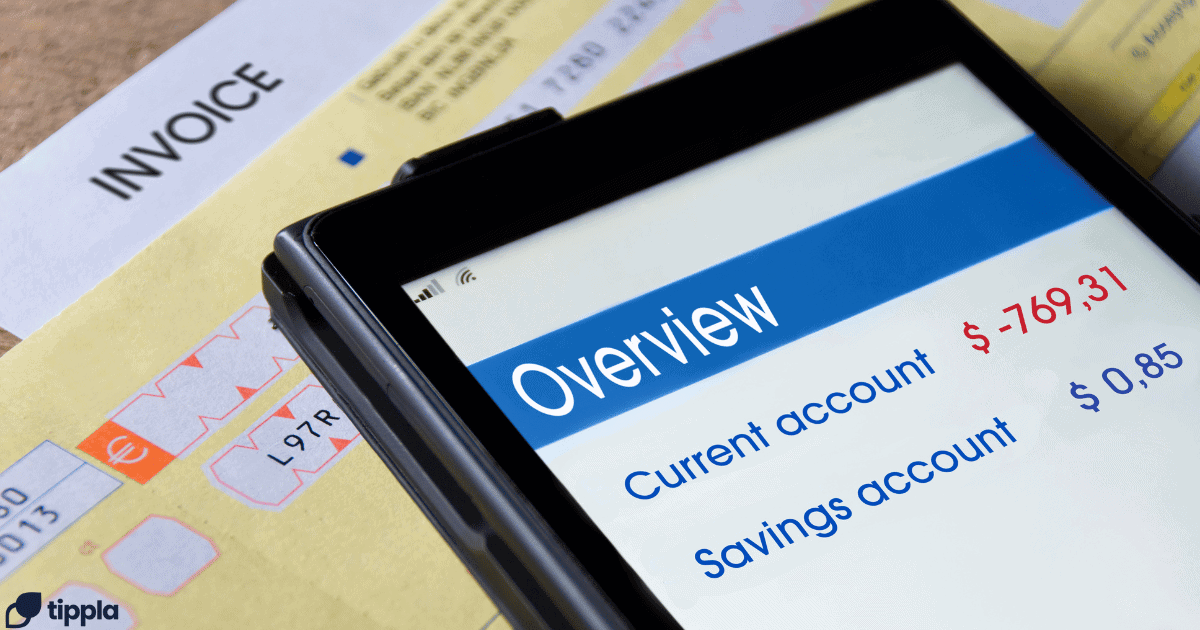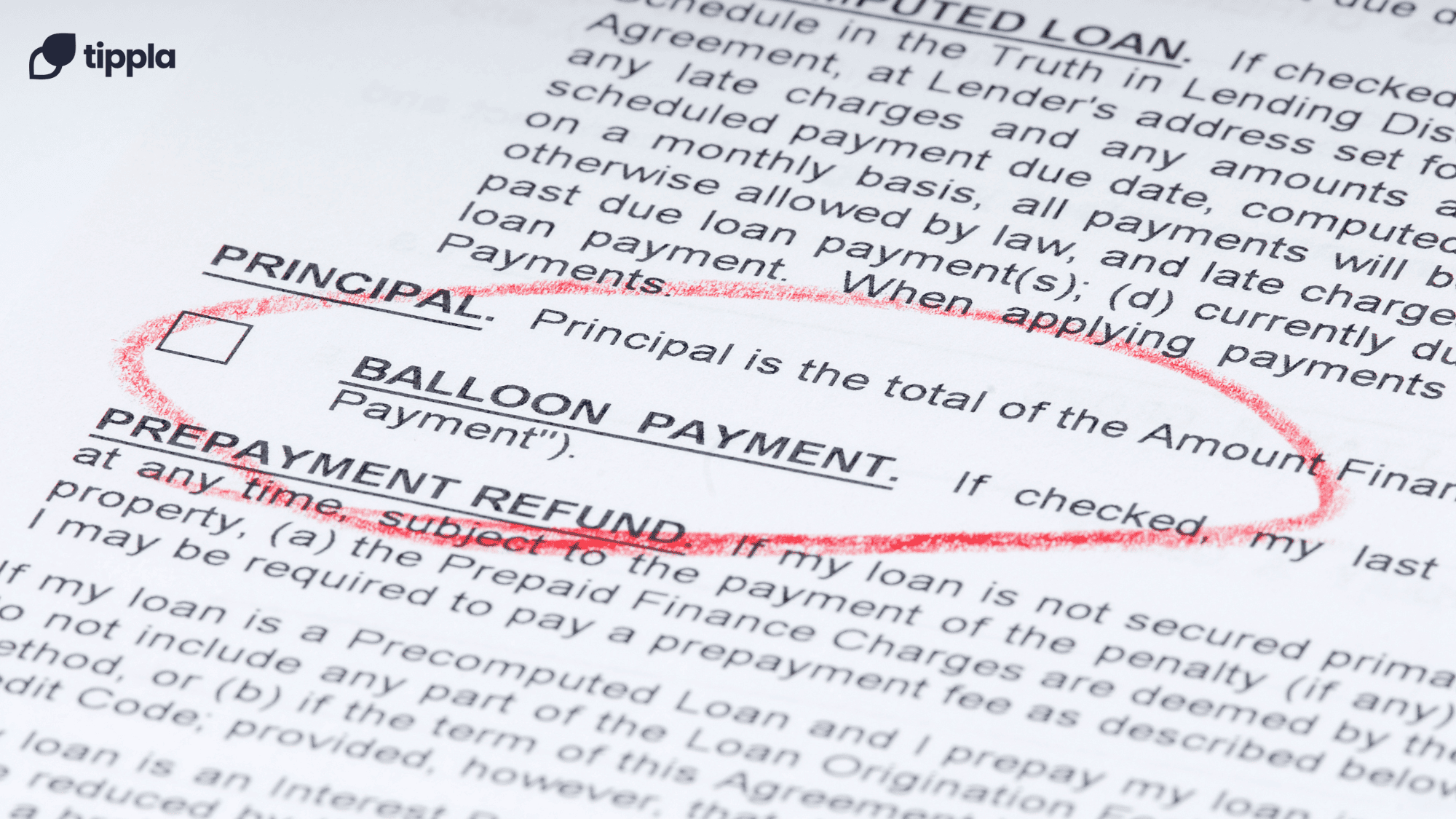Published in October 27, 2025
The Prudent Aussie Investor’s Guide to Capital Preservation

In 2025, the Australian economy will look like this: inflation will be going down and interest rates will be moving up and down all the time. In this situation, wise investors should focus on keeping their money safe and finding steady, safe sources of income instead than taking enormous risks to grow their money. There is always volatility in global markets, so now is a good moment to review the defensive foundation of your portfolio. High-risk development techniques might be fun, but a firm base of safety and certainty is what really makes you financially strong.
This book shows Australians the safest and most reliable ways to invest, with a focus on getting government protection, set returns, and steady dividend payouts. These choices are especially significant for people who are approaching close to retirement, wish to save money for emergencies, or just want to stay away from the ups and downs of the market. One of the best ways to make sure that capital is as safe as possible is to use fixed-interest accounts. Investors often choose very safe solutions like locked term deposits to make sure they get a guaranteed return over a certain period of time. This keeps their money safe from probable future rate cuts and gives them a much-needed sense of financial security during times of economic transition. Learning how these safe havens work is the first step toward a really healthy financial future.
1. Cash and Cash Equivalents: The Fortress of Liquidity
The Australian Government Guarantee means that cash and things that are very comparable to cash are still the safest ways to keep your money safe. It’s really vital to know how to keep these valuables protected.
A. HISAs, or High-Interest Savings Accounts
For safety and liquidity, high-interest savings accounts are the most critical factor. Banks, credit unions, and building societies in Australia are examples of Authorised Deposit-taking Institutions (ADIs) that provide these accounts.
Why They Are Safe: The Federal Government’s Financial Claims Scheme (FCS) protects deposits placed in ADIs. This coverage makes sure that each account holder gets back up to $250,000 if an ADI goes out of business. This guarantee covers most typical investors’ savings, so it’s a highly safe decision.
The Reserve Bank of Australia (RBA) is still in charge of setting interest rates, therefore HISAs often have very good rates, especially for new clients or those who sign up for a bonus. Move your savings every six to twelve months to make sure you’re constantly getting the best rate. The point here is to get the most out of the safety envelope that is promised.
B. Fixed-Rate Certificates and Term Deposits
If you put away a specified amount of money for a set amount of time, such three months, one year, or five years, you can obtain a guaranteed interest rate on a term deposit.
The Power of Fixed Rates: If rates might go down in the future, locking in a favorable interest rate today will help you stay safe. With locked term deposits, you can be confident you’ll get your money back. You know exactly how much interest you will get when the loan is due, no matter what the RBA does after that. This reliability makes them particularly helpful for investors who have to meet specific obligations in the future.
Things to consider about: The biggest problem is that they aren’t very liquid. If you take money out early, you usually have to pay a charge or lose interest. You should only use them for money that you know you won’t need to get to during the fixed duration.
2. Bonds issued by the government and semi-government
After cash, government bonds are the next safest, fixed-income investment.
A. Bonds issued by the Australian government (AGBs)
The government of the United States issues three types of debt. When you buy an AGB, you are practically giving money to the Commonwealth, which is the most trustworthy group in the country.
Why They Are Safe: After cash, Australian Government Bonds are the safest sort of investment. The Australian government is completely behind them. The market value of the bond may fluctuate if you sell it before it matures. But if you wait until it matures, you are sure to get your principal back and the fixed coupon payments.
Strategic Role: AGBs are an excellent way to spread out your money. When the economy is declining or individuals are scared of the market, they often do well. This safeguards against stock market volatility. They are good for folks who have been investing for a while or who want safety that is as good as what banks and other organizations offer.
B. Semi-Government Bonds (Semi-Govt)
The NSW Treasury Corporation and the Victorian Government are two examples of state and territory governments that issue these bonds.
Risk Profile: They carry a slightly higher yield than AGBs since they are a little riskier than the Federal Government, but they are still highly safe. They are a good method to make money and contribute with projects and infrastructure at the state level. Institutional or high-net-worth investors can safely invest in a number of countries by using a mix of AGBs and Semi-Govts.
3. Defensive diversification through buying stocks and property
There is no such thing as a “risk-free” investment in stocks or real estate, but specific portions and structures of the Australian market are believed to be quite safe and can give you steady income with less risk than the ASX 200 as a whole.
A. Blue-Chip Utilities and Infrastructure
Investing in companies that offer vital services like transportation, energy, gas, or water infrastructure is a classic way to protect your money. No matter what the economy is doing, these enterprises usually have constant, regulated streams of income.
Telecommunications infrastructure, toll roads, and power transmission networks are all examples of sectors.
Advantage: They usually produce stable dividends, which makes them perfect investments for consumers who wish to stay in touch with the stock market without buying riskier growth firms.
B. Defensive Australian Real Estate Investment Trusts (A-REITs)
Investors can become involved with professional property management and rental revenue through A-REITs without needing to acquire a property. To be safe, search for REITs that own things that can’t be modified.
Healthcare (hospitals, medical facilities), logistics (warehouses, distribution centers), and some important retail (supermarket-anchored centers) are all safe areas. These properties tend to have more stable occupancy and rental rates, even when the economy slows down. This means they pay out dividends on a regular basis.
4. The Safety Net for Retirement
Superannuation is often the largest amount of money that Australians invest, and it is meant to help keep individuals safe in the long run.
Conservative and Cash Super Options
Most Australian super funds feature a “Cash” or “Conservative” option, and they all provide a range of investing methods. The cash option generally deposits money into bank accounts and money market securities. This signifies that it has a low risk but also a low chance of growth.
Strategic Use: Investors who are five years away from retirement should move portion of their super into the Conservative or Cash option to decrease their risk. It keeps their hard-earned money safe, so a market downturn late in their career won’t wreck their retirement savings. This is the best long-term safety net since it exploits tax incentives that are already built into the super structure.
The Bottom Line
In 2025, establishing a secure portfolio is less about getting rid of all risk and more about figuring out how much risk you can handle and how to limit it. First things first: make sure your liquid wealth is safe with the $250,000 FCS guarantee. To keep your money safe, use fixed-rate products like term deposits and diversify your money across protective, income-generating sectors like infrastructure and defensive A-REITs. By applying these tried-and-true tactics together, the wise Australian investor can confidently navigate the current economic landscape and make sure their money is safe for the future.
While we at Tippla will always do our best to provide you with the information you need to financially thrive, it’s important to note that we’re not debt counsellors, nor do we provide financial advice. Be sure to speak to your financial services professional before making any decisions.
Related articles

Can Digital Assets Help Your Financial Life in 2025?
18/03/2025
A huge amount has been written about Bitcoin (BTC)...

Understanding and Managing Overdraft Protection
21/05/2024
What is Overdraft Protection? In banking, an overdraft occurs...


The Five Biggest Factors That Affect Your Credit
29/07/2021
Want to know what are the biggest factors that...
Subscribe to our newsletter
Stay up to date with Tippla's financial blog